Lazy rose gardener supports
nippstress - zone 5 Nebraska
8 years ago
Featured Answer
Sort by:Oldest
Comments (21)
Related Discussions
The Beautiful Tea Roses. Let's Support Growing Them.
Comments (20)The idea of Tea roses being strong and resilent has always intrigued me. This one 'Francis Dubreuil' has shown those amazing Tea strengths and I have to thank Paul Zimmerman at Ashdown for sending them in place of some older climbing roses. I protect my roses in a fashion that keeps them like zone 5b or 6a not at all like the zone 4a I live in. In warmer winters, the protection can be similar to zone 7. I would not hesitate in those actual zones to increase my share of Teas with the choice of plants available so early in the season from the growers (my fear in Minnesota is that by the time the Teas can be shipped here in spring, they have pretty much been picked over). As you can see, the new growth on the Tea comes directly behind the last bloom and require little or no pruning. Also the rate at which they regenerate their bloom is so very impressive....See MoreI'm Lazy: can I just toss stuff in the garden?
Comments (23)Kimmsr, so you subjectively evaluated that finished compost worked better than sheet composting but how about the other influences on the garden that might have been different on subsequent years such as the weather? Your see, I cannot believe that there is some magic in making compost in a pile over making it in the soil. In fact if earthworms are present what is created in the soil in sheet compost or burying is worm castings which are known to be nutritious for the soil. It's also much easier for some of us. And we all know that people are more likely to do what's easier than what is difficult especially when they are very busy with other things. I'm not questioning your expertise so much as questioning why you are not encouraging this poster to do what she can to improve her soil. She has already said she doesn't want to make a proper compost pile. jgourlay, I hope you will enjoy "feeding" the worms in your garden and encouraging your 8 year old to be a "sheet composting" gardener! Maybe get him his own little shovel and he'll bury them a bit. :-)...See MoreID a rose from Miriam's garden at the Celebration of Old Roses
Comments (1)Posting something just to make this go away. Reposted about it with photos. Diane...See Moreto 'lazy' gardeners like me living in my zone
Comments (9)Shade or full sun? I gardened in a bog over in Columbia, SC, for about 8 years. I had great results with hostas, swamp hibiscus, clethra, river birch, elephant ears, tree ivy, kerria, and (shock) black eyed susies! I also grew very lush ferns, impatiens and coleus (sorry, those are annuals), hydrangea, loropetalum, and st. john's wort (it's a beautiful plant!). But that was mostly in a fairly shady area. I'm not sure what (except for the hydrangea) grows in wet, sunny places....See Morejim1961 / Central Pennsylvania / Zone 6
8 years agonippstress - zone 5 Nebraska thanked jim1961 / Central Pennsylvania / Zone 6Lynn-in-TX-Z8b- Austin Area/Hill Country
8 years agonippstress - zone 5 Nebraska thanked Lynn-in-TX-Z8b- Austin Area/Hill CountryMelissa Northern Italy zone 8
8 years agonippstress - zone 5 Nebraska thanked Melissa Northern Italy zone 8Sheila z8a Rogue Valley OR
8 years agonippstress - zone 5 Nebraska thanked Sheila z8a Rogue Valley ORnippstress - zone 5 Nebraska
8 years agoRoxana *** ZN 5 Indianapolis IN ***
8 years agonippstress - zone 5 Nebraska thanked Roxana *** ZN 5 Indianapolis IN ***nippstress - zone 5 Nebraska
8 years agomeadowlarkmary
7 years agomodestgoddess z6 OH
2 years agoKittyNYz6
2 years agolast modified: 2 years ago
Related Stories

GARDENING GUIDESGreat Design Plant: Knock Out Roses
As glorious as their high-maintenance kin for a fraction of the work, Knock Out roses make even beginners look like garden stars
Full Story
PLANTING IDEASGreat Garden Combo: Rose + Clematis for Small-Space Impact
We all need somebody to lean on. And when a rose supports a climbing vine, the results can totally transform a small garden
Full Story
FEEL-GOOD HOMEThe (Lost) Art of Laziness
Do you go to bed with to-do lists flashing through your head? Try one of these ideas to give yourself a break
Full Story
WINTER GARDENINGPruning Secrets for Exquisite Roses
Encourage gorgeous blooms year after year with this time-tested advice on how to prune your rosebush in winter for health and shape
Full Story
GARDENING GUIDESWhat Kind of Roses Should You Grow?
Want to add the beauty of roses to your garden? Find out which ones, from old-fashioned to modern, are right for you
Full Story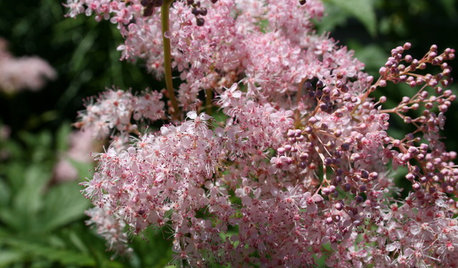
GARDENING GUIDESGreat Design Plant: Discover Queen of the Prairie's Sweet Aroma
If you like the look of cotton candy and the smell of roses and want an easy perennial, you're in luck with this plant
Full Story
GARDENING GUIDESSouthwest Gardener's April Checklist
Welcome the return of roses and herbs, and consider a new use for vines as you rejoice in your newly green spring garden
Full Story
GARDENING GUIDESGreat Design Plant: Milkweed
Quit cringing. This not-weed plant is a sight to behold in the garden, has a delicious vanilla scent and is a magnet for butterflies
Full Story
GARDENING GUIDESGreat Design Plant: Sambucus Nigra
Common elderberry is a highly adaptable shrub from the eastern U.S., with berries galore for wildlife and humans alike
Full Story
GARDENING GUIDESGreat Design Plant: Asclepias Incarnata for a Butterfly Garden
Beautiful swamp milkweed makes it easy to help monarchs and other pollinators in eastern U.S. gardens
Full Story




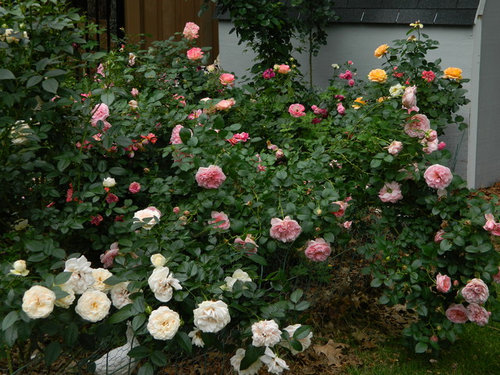

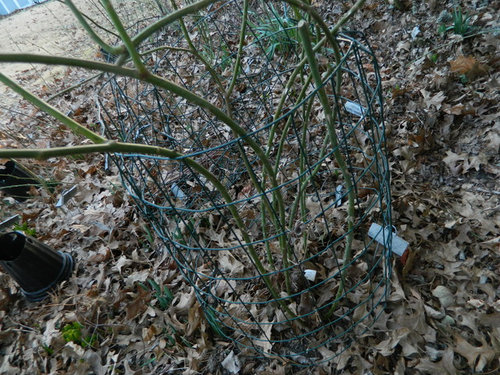
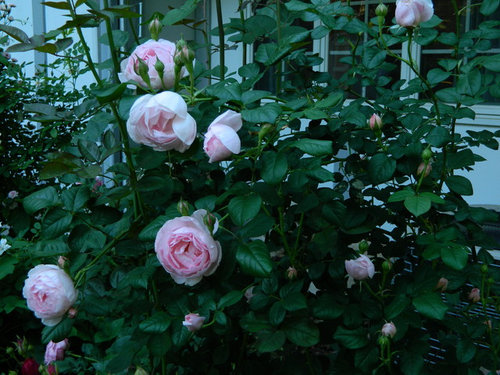
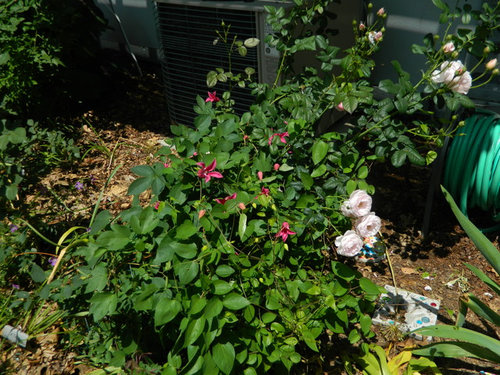
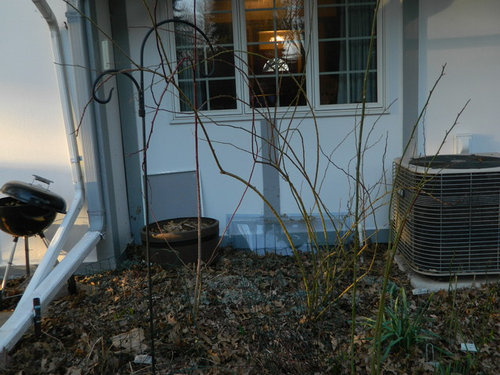

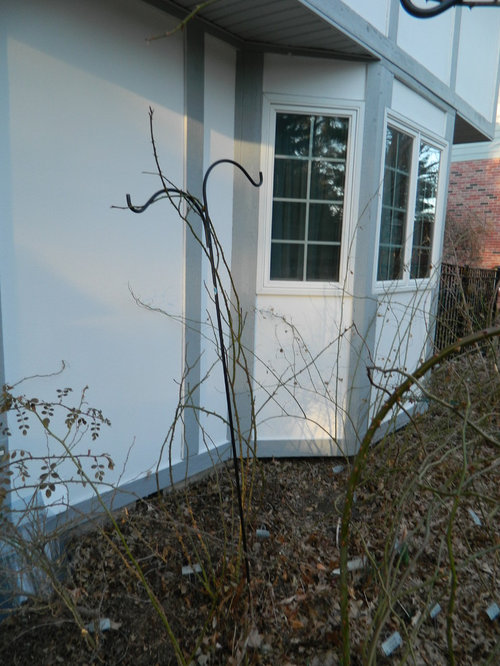






nippstress - zone 5 NebraskaOriginal Author